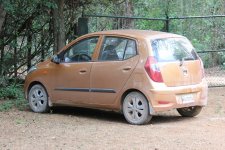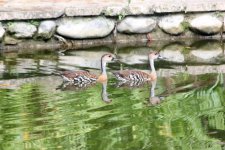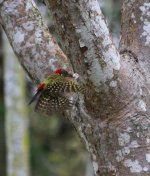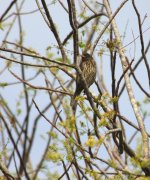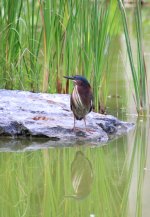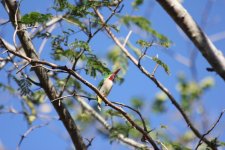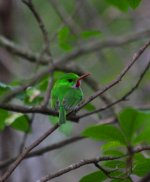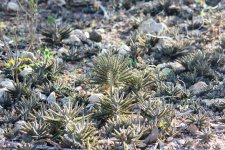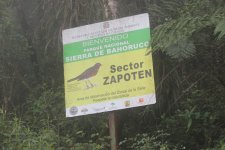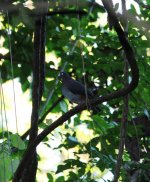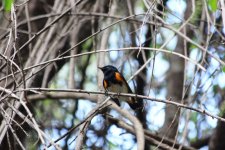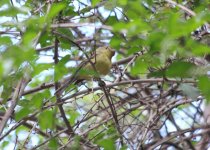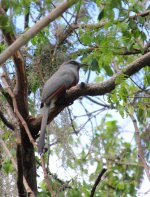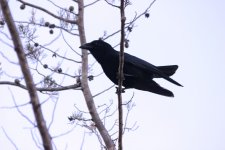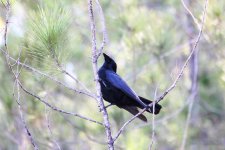ovenbird43
Well-known member

I've just returned from a solo independent trip to the Dominican Republic, my first trip to the Caribbean region. My reason for choosing the DR in particular is that I'm quite keen on seeing new families, and the island of Hispaniola is the only home to the single-species family Dulidae (Palmchat), as well as having representatives of the West Indian endemic family Todidae (Todies). In addition, there are other endemic taxonomic oddities present such as the genera Xenoligea (White-winged Warbler, called Hispaniolan Highland-Tanager in my field guide) and Microligea (Green-tailed Warbler or Green-tailed Ground-Tanager); these are placed by the IOC near Parulidae as Incertae Sedis and placed in Thraupidae in the field guide. I've also heard through the grapevine (though have not yet done a literature search) that endemic tanager genus Phaenicophilus may eventually be elevated to family status. All in all, some interesting birds to be found in the Dominican Republic.
Of 33 island endemics (or 32, if Golden Swallow has been recently rediscovered on Jamaica, as told to me by somebody on the trip), I managed to find 30 - the remaining three I simply did not search for (one is in Haiti, and I did not visit the areas for Ridgway's Hawk or Eastern Chat-Tanager). Also of interest were West Indian endemics or near-endemics; I found 17 of 22 possible. Hispaniola is not an easy place for cleaning up on island endemics; many are skulking, three are nocturnal, and while most can be found within the Sierra de Bahoruco (although some in difficult-to-reach places), those remaining three endemics are in far-flung locations throughout the island. On the other hand, identification is extremely straightforward; there is only on Myiarchus, three hummingbirds, no Empidonax... really no ID challenges to be had, other than separating in-flight views of Hispaniolan and Olive-throated Parakeets where they overlap.
My next post will outline all the logistics for anyone interested in planning a visit; that will be followed by my day-to-day logs of activities and sightings.
Of 33 island endemics (or 32, if Golden Swallow has been recently rediscovered on Jamaica, as told to me by somebody on the trip), I managed to find 30 - the remaining three I simply did not search for (one is in Haiti, and I did not visit the areas for Ridgway's Hawk or Eastern Chat-Tanager). Also of interest were West Indian endemics or near-endemics; I found 17 of 22 possible. Hispaniola is not an easy place for cleaning up on island endemics; many are skulking, three are nocturnal, and while most can be found within the Sierra de Bahoruco (although some in difficult-to-reach places), those remaining three endemics are in far-flung locations throughout the island. On the other hand, identification is extremely straightforward; there is only on Myiarchus, three hummingbirds, no Empidonax... really no ID challenges to be had, other than separating in-flight views of Hispaniolan and Olive-throated Parakeets where they overlap.
My next post will outline all the logistics for anyone interested in planning a visit; that will be followed by my day-to-day logs of activities and sightings.
Last edited:




